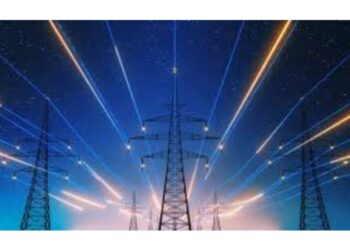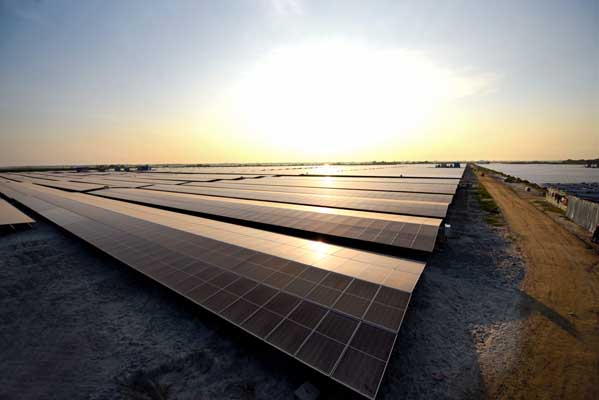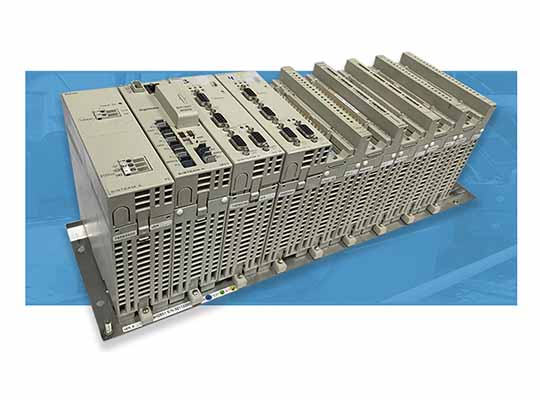The India Residential Energy Consumption Survey (IRES) of 2019 was the first pan-India survey which reported on the state of electricity access, consumption, and efficiency in India across Rural and Urban households. According to the survey, over 96% of Indian households are now connected to the grid with another 0.33% relying on off-grid electricity sources. However, if you look at the availability of electricity across India, the picture is quite grim with only a small population enjoying 24-hr electricity. Urban India receives an average of 19 hours of electricity every day and Rural India receives less than 10 hours of electricity every day.
How do we satisfy and fulfil the energy needs of our country? India is an ideal country for the production, transmission, and use of solar power to augment our thermal energy production. We get over 300 days of sunshine and during summer, which is when our energy usage is at its peak, is also the time when we can have maximum solar energy generation. The other important factor to consider is the cost of setting up a solar power plant which is a substantial capital expenditure and could also be a deterrent for players wanting to get into the solar power market.
The cost of setting up a 5 MW solar plant is INR 20 Cr (USD 2.6M) and the payback period is anywhere between 5-15 years. These are reasons enough why we don’t see a lot of solar power plants.
What is the answer to this problem? DISTRIBUTED MICROGRIDS.
Distributed Microgrids are essentially a collection of solar power generators, energy storage devices and consumers connected together. These could be residences, residential communities, businesses which are near the source of solar power generator, and which can also operate independently from the main electricity grid. The advantage of a distributed microgrid is that because they can operate while the main grid is down, they can strengthen grid resilience and help mitigate main grid disturbances.
Distributed microgrids can differ in scale and size with even one household generating solar power being considered a microgrid. The world over, small-scale distributed microgrids, such as roof-tops, are extremely popular. Countries like USA and South Africa are prime examples of the success of distributed microgrids in driving and using solar power.
For a country like ours, which has weak electrical grids and distribution losses of upto 20% of the overall power generated, Distributed Microgrids could well be the answer. Households generating solar power can also sell their surplus power back to the main grid. With power being used near to its source of generation, we can also curb and control transmission losses.
Distributed microgrids should be our priority as they could be the answer to India’s energy woes especially to consumers in rural India as well as those in inaccessible regions of the country. A solar distributed microgrid is cheaper and quicker to deploy and is an excellent substitute to other energy sources such as diesel generators which till today, power a majority of rural enterprises.
There are many advantages of promoting solar distributed microgrids as a relatively stable grid which can be very cost-effective and also support the national/ main grid during outages etc.
- Distributed microgrids can help households, communities and businesses become self-sufficient vis-à-vis their energy requirements. This would also reduce the pressure on the national/ main electricity grid and would improve the power consumption situation in the country.
- Distributed microgrids also help in achieving cost savings through a smart energy system which makes energy consumption far more efficient. Distributed microgrids also help in avoiding transmission losses as the source of power is near its consumption point.
- Distributed microgrids are also a source of revenue as households, communities and businesses can sell surplus power to the national/ main grid.
- Finally, distributed microgrids can help communities and businesses cut/reduce their carbon emissions and therefore help to counter climate change.
India is at an inflection point. Geographically it is suited to solar power with over 300 days of sunshine; cost of solar cells is falling and technological advances in storage, power electronics etc. is further set to drive down costs; the Government of India through favourable policies and subsidies is promoting the use of solar; and connecting the entire grid (national/main grid and distributed microgrids) will enable easy integration.













